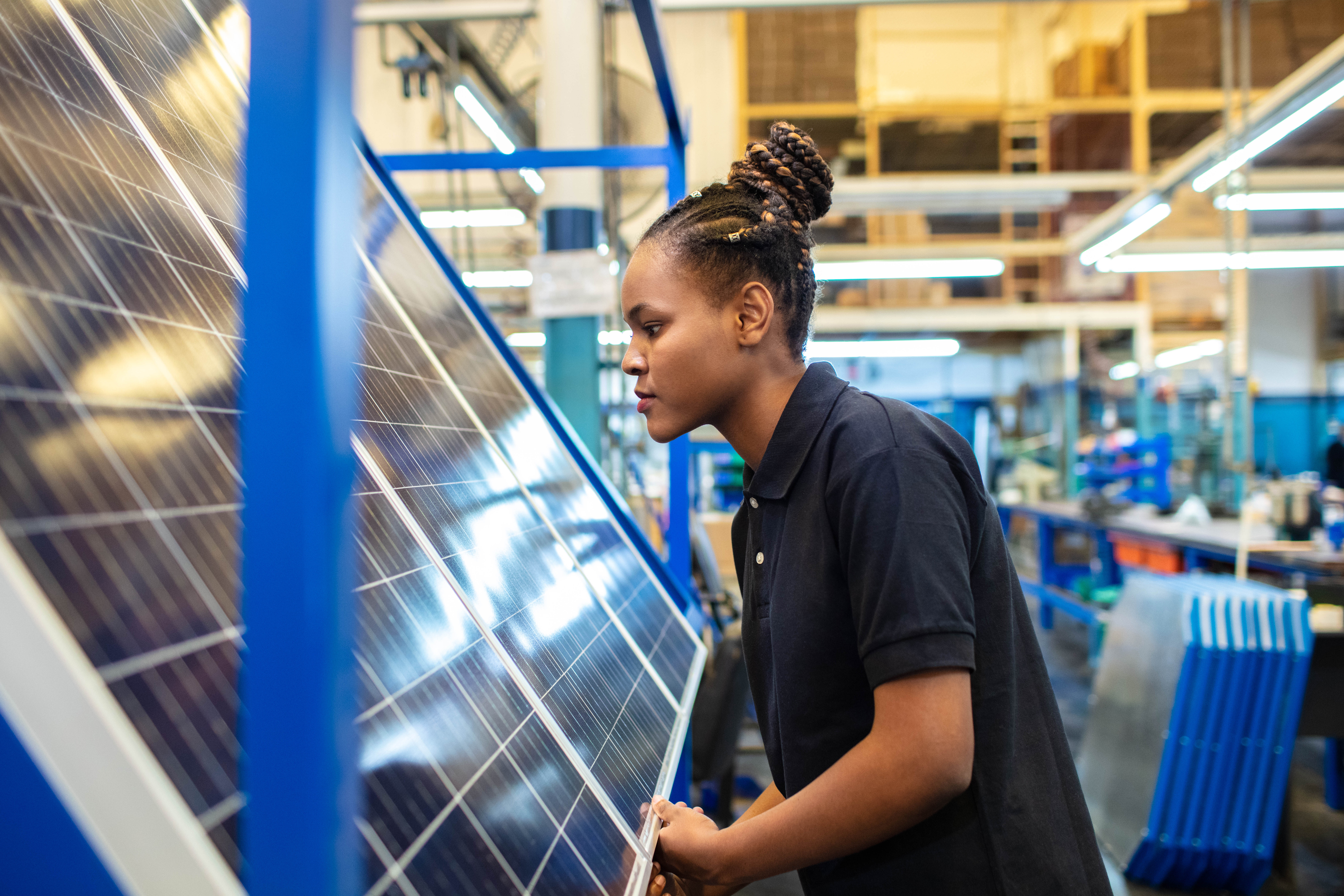Commerce Department Finds Chinese Solar Companies Have Circumvented U.S. Duties
Share

The department initiated the investigation last year.
The Commerce Department announced Friday that Chinese solar cell and module manufacturers are shipping their products through four Southeast Asian countries to evade paying antidumping and countervailing duties (AD/CVD). The finding comes following an investigation that began more than a year ago.
Commerce specifically identified five Chinese companies that it asserts only partially assemble their solar products in Cambodia, Malaysia, Thailand, and/or Vietnam before shipping them into the United States. However, these companies still have the opportunity to certify that they are not circumventing U.S. duties.
But duties that would otherwise result from Commerce’s investigation are temporarily nullified by a two-year waiver that President Biden signed in 2022 to suspend additional duties on solar panel imports. The waiver has been met with bipartisan pushback via a House and Senate resolution to overturn it that President Biden vetoed in May 2023, with the justification that the resolution would otherwise “undermine” efforts to “increase domestic solar panel manufacturing capacity” and “create deep uncertainty for America businesses and workers in the solar industry” — an argument that solar importers have presented since the start of Commerce’s solar duties circumvention investigation.
The department first began its investigation in March 2022 in response to a petition from California solar manufacturer Auxin Solar, which alleged that Chinese manufacturers have routed their products through Southeast Asian countries to avoid U.S. duties for nearly a decade.
When the investigation was first announced, the petition provoked the ire of the Solar Energy Industries Association (SEIA), a group whose members include the Chinese-owned companies that Commerce investigated. At the time, SEIA argued that the investigation would have a “devastating impact on the solar market at a time when solar prices are climbing” and have a “chilling effect on the solar industry,” as SEIA President and CEO Abigail Ross Hopper said in a March 2022 statement. In short, solar importers freaked out, and stirred the media to join them in their hysteria.
“The response of developers is so overwrought,” Alliance for American Manufacturing President Scott Paul said Friday on X, the platform formerly known as Twitter. “This market will continue to expand, and a long overdue weaning off of dumped products will finally kick in.”
The U.S. solar industry is growing. It has seen private companies invest more than $10 billion for more than 50 new or expanding solar module factories since the Inflation Reduction Act was signed in August 2022.
Still, the road to a robust domestic solar supply chain is a long one. The first quarter of 2023 saw solar panel imports to the U.S. increase by 177,294 metric tons from 672,863 in 2022’s fourth quarter, according to global trade data company Panjiva. The vast bulk of imports at the start of 2023 were from Cambodia, Malaysia, Thailand and Vietnam — the four countries found to have participated in solar duties circumvention.
Meanwhile, new research finds that much of the global solar panel supply chain is likely contaminated by extensive government-organized forced labor in the Xinjiang region, where China is committing cultural genocide against the Uyghur people and concentrating most of its solar supply chain. Additionally, many of China’s solar manufacturing plants in the Xinjiang region also exploit the area’s coal reserves, negating the solar product’s carbon impact.
America’s burgeoning solar supply chain is critical to realizing America’s clean energy future, but the unfair trade practices have stacked the odds against the industry for years. The United States invented solar technology, but risks granting China complete dominion over it.
“We’re not talking about delivering toothbrushes,” Auxin Solar CEO Mamun Rashid said in an interview on The Manufacturing Report podcast in May 2022. “We’re talking about delivering the equipment that generates the power that we think, that everyone agrees, is going to be the power of choice for the foreseeable future, until something else gets invented. It’s energy. So, to be dependent on another part of the world and not be self-sufficient seems a little short-sighted.”
